BAVACHININ A
Synonym(s):4′-Hydroxy-7-methoxy-6-(3-methyl-2-butenyl)flavanone;7-O-Methylbavachin;Bavachinin A
- CAS NO.:19879-30-2
- Empirical Formula: C21H22O4
- Molecular Weight: 338.4
- MDL number: MFCD06858307
- SAFETY DATA SHEET (SDS)
- Update Date: 2025-01-27 09:38:02
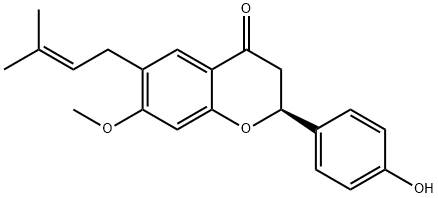
What is BAVACHININ A?
The Uses of BAVACHININ A
Bavachinin is a natural component of Psoralea corylifolia which has been shown to improve insulin-dependant glucose uptake through insuling signaling AMPK activation. Also used as peroxisome proliferator activated receptor γ agonists in the treatment of diabetes.
Definition
ChEBI: Bavachinin is a member of flavanones.
Properties of BAVACHININ A
| Melting point: | 139-145°C |
| Boiling point: | 537.1±50.0 °C(Predicted) |
| Density | 1.182 |
| storage temp. | Sealed in dry,Store in freezer, under -20°C |
| solubility | DMF: 50 mg/mL; DMF:PBS (pH 7.2)(1:3): 0.25 mg/mL; DMSO: 30 mg/mL; Ethanol: 20 mg/mL |
| form | powder |
| pka | 9.66±0.30(Predicted) |
| color | Yellowish |
| CAS DataBase Reference | 19879-30-2 |
Safety information for BAVACHININ A
| Signal word | Warning |
| Pictogram(s) |
 Environment GHS09 |
| GHS Hazard Statements |
H410:Hazardous to the aquatic environment, long-term hazard |
| Precautionary Statement Codes |
P273:Avoid release to the environment. P501:Dispose of contents/container to..… |
Computed Descriptors for BAVACHININ A
| InChIKey | VOCGSQHKPZSIKB-FQEVSTJZSA-N |
Related products of tetrahydrofuran
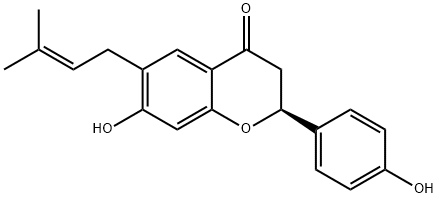


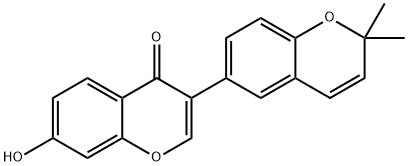
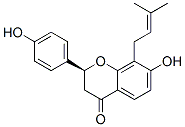
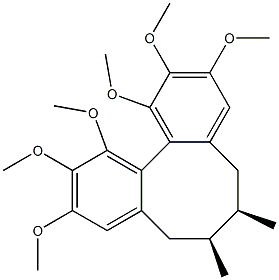
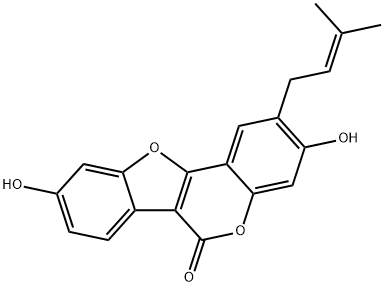
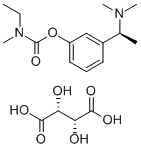
You may like
-
 Bavachinin CAS 19879-30-2View Details
Bavachinin CAS 19879-30-2View Details
19879-30-2 -
 37951-47-6 3'-Benzyloxy propiophenone, 98% 99%View Details
37951-47-6 3'-Benzyloxy propiophenone, 98% 99%View Details
37951-47-6 -
 99-30-9 99%View Details
99-30-9 99%View Details
99-30-9 -
 104944-18-5 99%View Details
104944-18-5 99%View Details
104944-18-5 -
 3'-Methoxypropiophenone, 99% 37951-49-8 99%View Details
3'-Methoxypropiophenone, 99% 37951-49-8 99%View Details
37951-49-8 -
 98-56-6 99%View Details
98-56-6 99%View Details
98-56-6 -
 694-48-4 99%View Details
694-48-4 99%View Details
694-48-4 -
 51364-51-3 99%View Details
51364-51-3 99%View Details
51364-51-3
Statement: All products displayed on this website are only used for non medical purposes such as industrial applications or scientific research, and cannot be used for clinical diagnosis or treatment of humans or animals. They are not medicinal or edible.